Description
The Unsung Hero of Soldering: Understanding Fluxes
Soldering, the process of joining metals with a filler metal, is a cornerstone in electronics, plumbing, and many other industries. While solder itself gets much of the attention, a crucial yet often overlooked component is flux. Flux is a chemical cleaning agent that prepares the metal surfaces for bonding, ensuring a strong and reliable solder joint. Without it, solder would simply bead up and refuse to adhere properly.
Think of flux as the cleaning crew before the construction workers arrive. It sweeps away the debris and prepares the foundation for a solid structure. In soldering terms, this “debris” consists of oxides and other contaminants that form on metal surfaces, preventing the molten solder from creating a metallic bond.
Why is Flux Necessary?
Metals readily react with oxygen in the air, forming oxides on their surfaces. These oxides act as a barrier, preventing the solder from “wetting” the metal – a critical step where the molten solder spreads and adheres to the surface. Flux performs several key functions to overcome this obstacle:
- Removes Oxides: Flux chemically reacts with and dissolves metal oxides, cleaning the surfaces to be joined.
- Protects from Re-oxidation: During soldering, flux creates a barrier that prevents further oxidation of the metal surfaces at high temperatures.
- Improves Wetting: By lowering the surface tension of the molten solder, flux promotes better wetting and spreading across the metal surfaces.
Types of Fluxes:
Fluxes come in a variety of formulations, each designed for specific applications and materials. The main categories of fluxes are:
- Rosin Fluxes: These are derived from pine tree resin and are commonly used in electronics due to their relatively mild activity and ease of cleaning. Rosin fluxes are further categorized into:
- Rosin (R): The mildest type, generally used for soldering easily solderable materials.
- Rosin Mildly Activated (RMA): Contains mild activators to improve cleaning action on slightly oxidized surfaces.
- Rosin Activated (RA): The most active rosin flux, capable of removing heavier oxidation. After soldering, RA flux residues should be cleaned thoroughly.
- Water-Soluble Fluxes (Organic Acid Fluxes): These fluxes are highly active and effective at removing stubborn oxides. As the name suggests, the residues are easily cleaned with water. They are commonly used in demanding applications and are compatible with lead-free solders.
- No-Clean Fluxes: Designed to leave a minimal residue that doesn’t need cleaning. These fluxes are becoming increasingly popular in electronics manufacturing due to their convenience. However, it’s crucial to choose the right no-clean flux as some residues can potentially cause long-term corrosion or electrical leakage.
- Acid Fluxes (Inorganic Acid Fluxes): These are the most aggressive fluxes and are typically used for soldering metals like steel and copper plumbing. They are NOT suitable for electronics due to their highly corrosive nature and require thorough cleaning after use.
Choosing the Right Flux:
Selecting the appropriate flux is critical for successful soldering. Consider the following factors:
- Type of Metal: Different metals require different flux formulations. For example, stainless steel often requires a more aggressive flux than copper.
- Level of Oxidation: Heavily oxidized surfaces require more active fluxes.
- Application: Electronics soldering requires fluxes that are non-corrosive and easy to clean (or no-clean). Plumbing and other industrial applications might require more aggressive fluxes.
- Cleaning Requirements: Consider whether you’re willing to clean the flux residue after soldering. If not, a no-clean flux might be the best option.
- Safety: Always follow the manufacturer’s instructions and safety precautions when working with fluxes. Provide adequate ventilation, wear appropriate protective gear (gloves, eye protection), and avoid inhaling fumes.
Forms of Flux:
Fluxes are available in various forms, including:
- Paste: Applied directly to the soldering area.
- Liquid: Applied with a brush, syringe, or by dipping the components.
- Cored Solder: Solder wire containing a core of flux. This is the most convenient option for many applications.
- Flux Pens: Used for precise application of liquid flux, especially useful for surface mount soldering.
Conclusion:
Flux is a vital component of the soldering process. Understanding its function and the different types available is crucial for achieving strong, reliable, and long-lasting solder joints. By carefully selecting the right flux for the job and following proper soldering techniques, you can ensure successful soldering results every time. Don’t underestimate the power of this unsung hero – flux is the key to a strong and lasting connection.

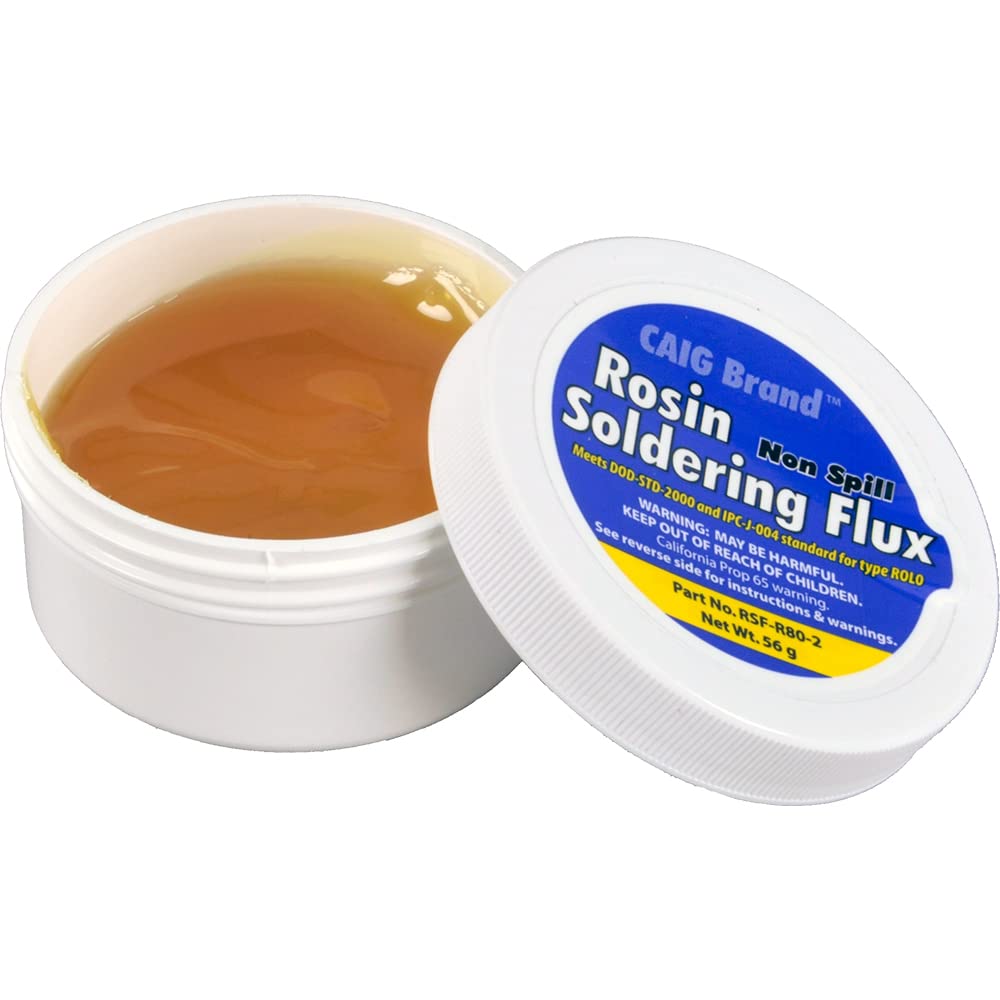
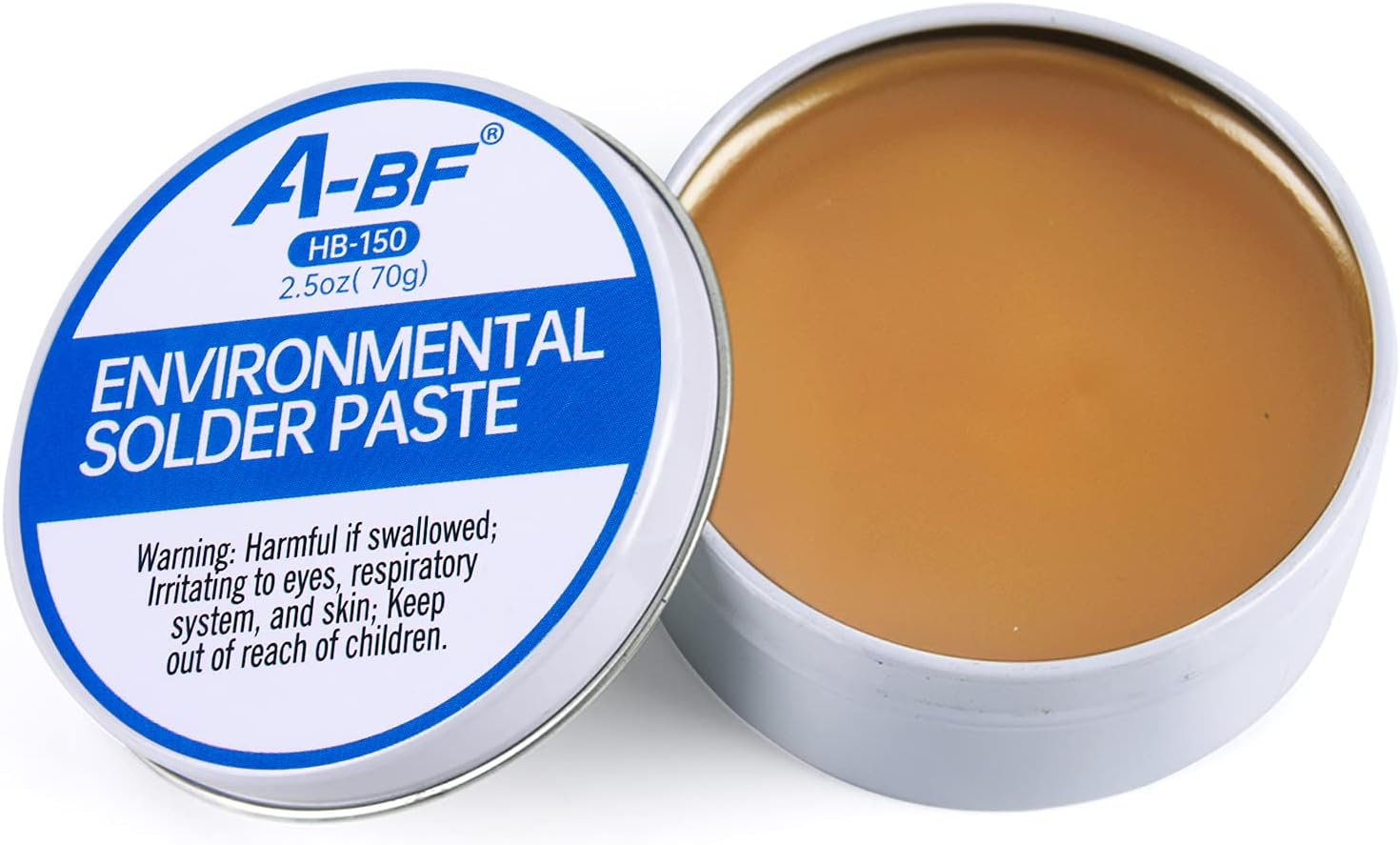

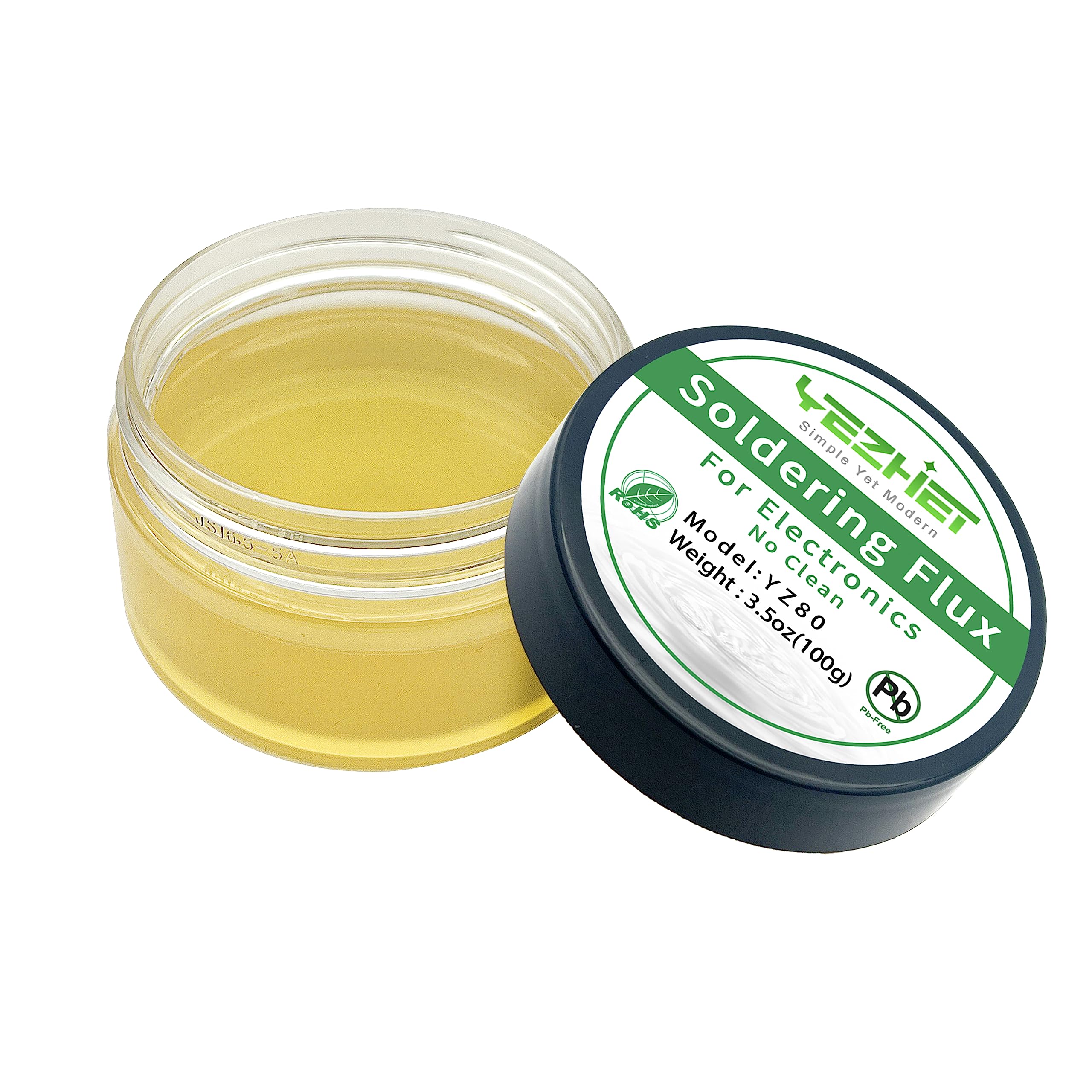

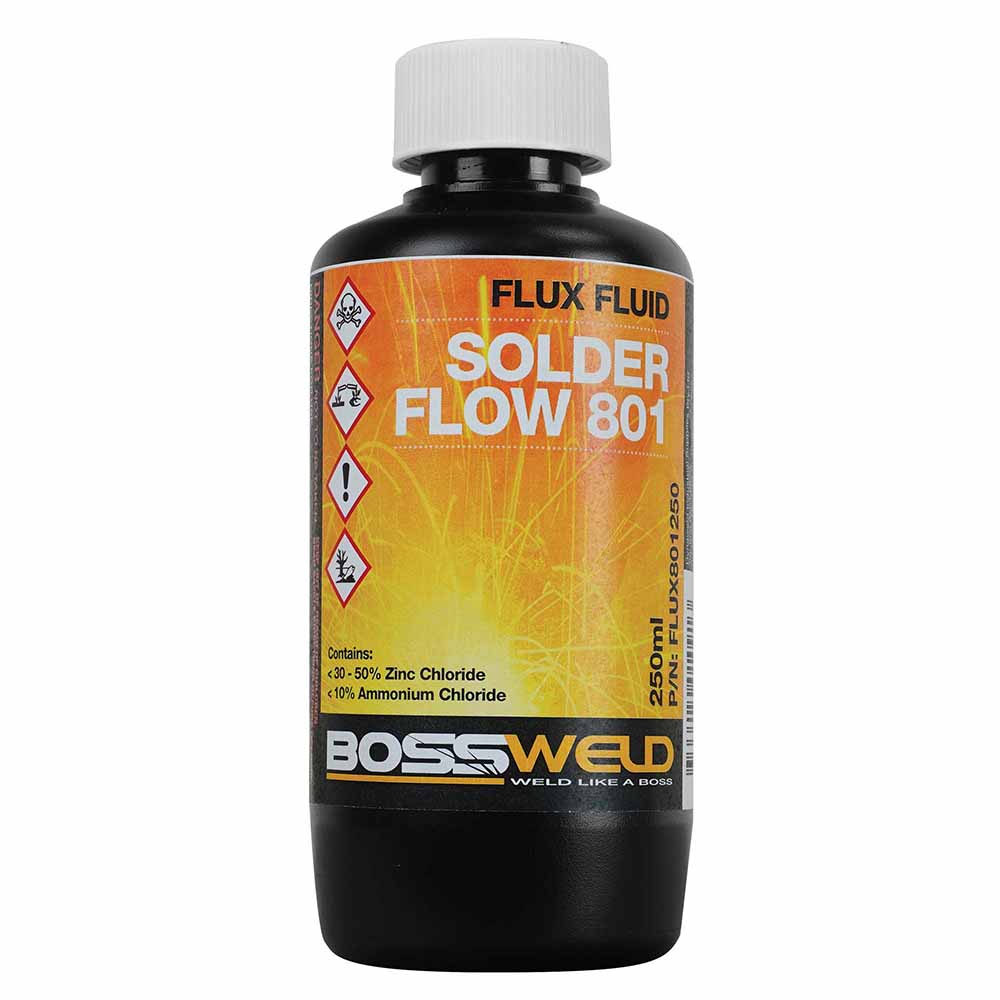
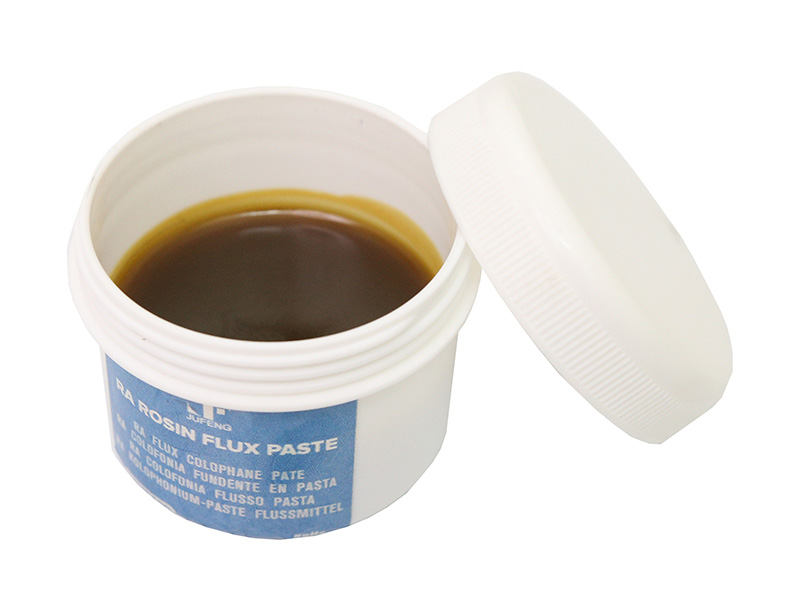

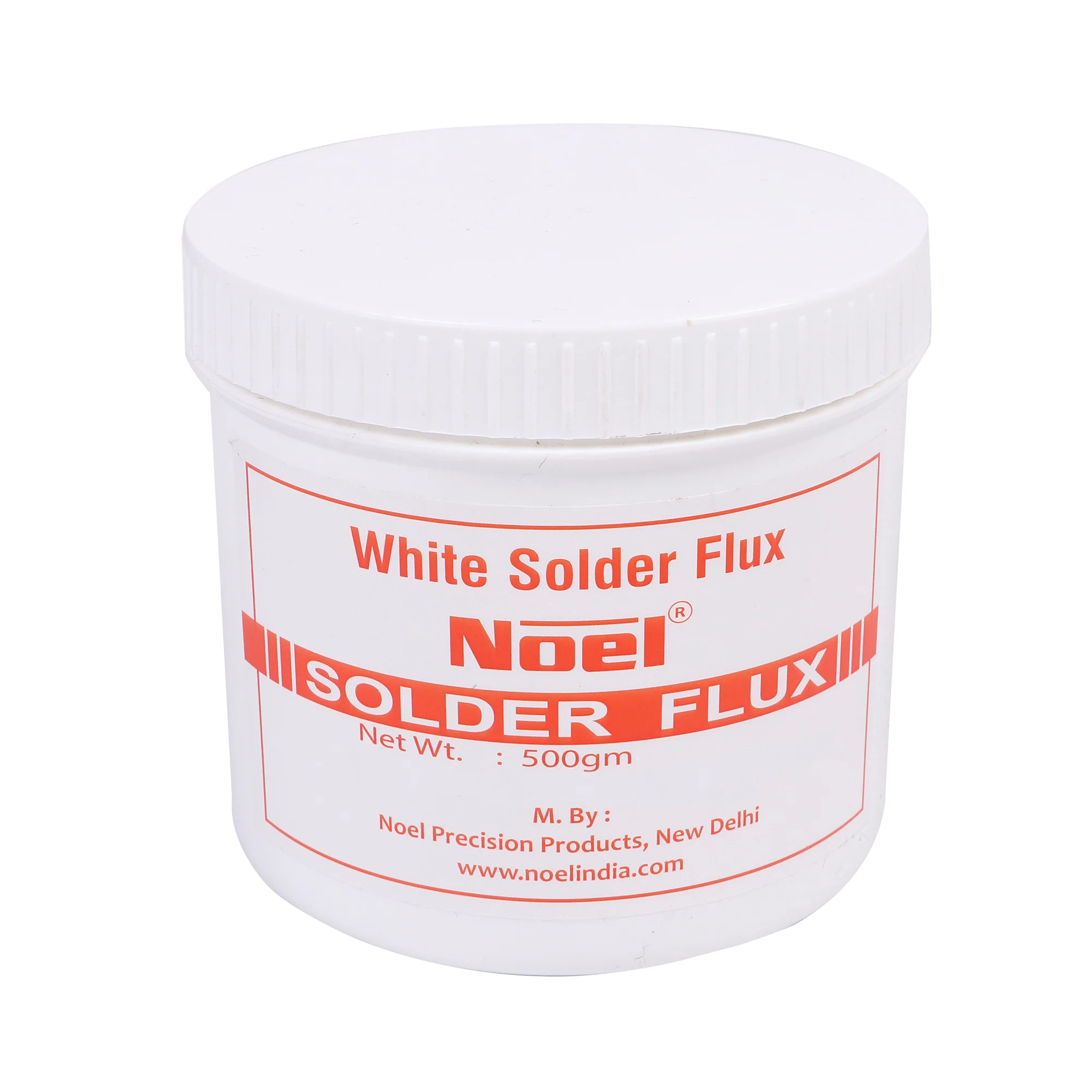
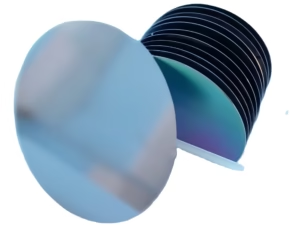


Reviews
There are no reviews yet.